What is a smart building?
Fundamentally, Smart buildings strive to maintain the lowest costs whilst being the most productive and having the lowest environmental impact. Important building operations in smart builds include ventilation, heating, air conditioning, lighting and security. The building uses sensors to collect data and manage it accordingly, therefore reducing energy use and optimising the space.
Navigant research estimates that the smart building technology market will generate global revenue of $8.5 billion in 2020, up from $4.7 billion in 2016, growing at a compound annual growth rate of 15.9% over the forecast period.
Smart building technology is expected to grow by 34 percent annually over the next five years, with a prediction of reaching a total market value of nearly $25 billion by the year 2021.
Energy savings and sustainability are the main benefits. Reducing energy costs, increasing productivity of staff and improving building operations are also important.
If a building is not performing to its design standard, this means a smart building should be able to gather information as to why, and adapt accordingly. Interconnected technologies make the building more responsive and ultimately improve its performance.
The fundamentals on construction have not changed significantly for many years. Concrete, timber, glass and brick are still the materials of choice for most contractors. Construction is continually criticised for not being innovative or inventive enough, and advances in other industries have outstripped it. These relatively new technologies could bring about real change.
However, there is a downside. Soon smart buildings and structures will become so automated, they’ll be able to diagnose and make structural and system repairs on their own without the need for humans.
There are always risks with new technology. The advantages are obvious, but there could be additional risks related to cost, delays and materials. The smart building gold standard is moving faster than conventional construction, and the ability to keep up remains to be seen. Its an exciting period on construction, and one that is becoming ever more important in the society that we live in. Going green as much as possible and reducing the carbon footprint as we discussed last month are construction buzz words that investors and designers are interested in.
For further information on smart buildings, The Crystal in London is a great example.



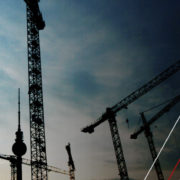
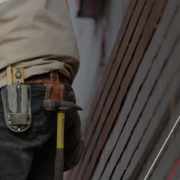

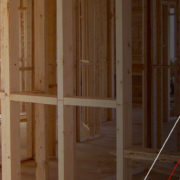

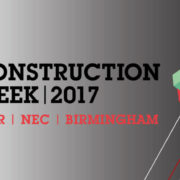
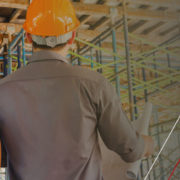


Leave a Reply
Want to join the discussion?Feel free to contribute!